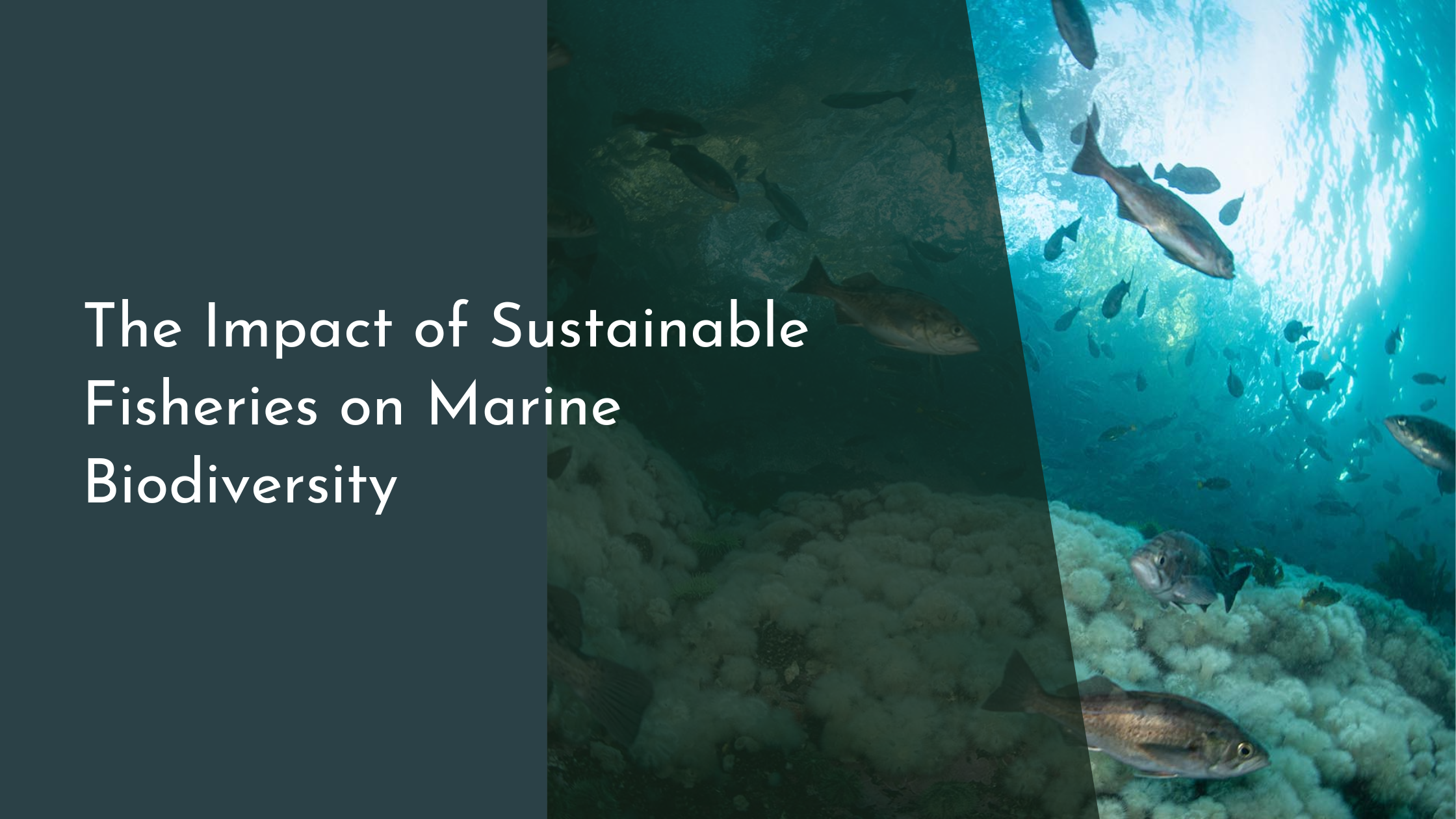The Impact of Sustainable Fisheries on Marine Biodiversity
Sustainable fisheries are critical in preserving the health and diversity of marine ecosystems. As our global population grows and the demand for seafood increases, it has become increasingly important to adopt practices that ensure the long-term viability of fish stocks while protecting the intricate web of life within our oceans. In this article, we explore the principles behind sustainable fisheries, the benefits they offer to marine biodiversity, the challenges faced in their implementation, and the hopeful outlook they provide for the future of our oceans.
Understanding Sustainable Fisheries Practices
Sustainable fisheries practices focus on maintaining fish populations at sustainable levels while minimizing environmental impact and supporting the economic well-being of fishing communities. These practices often include setting catch limits based on scientific research, employing gear that reduces bycatch and habitat destruction, and monitoring fish stocks to ensure compliance with regulations. Effective management of fisheries requires a fine balance between ecological, economic, and social factors, ensuring that the fisheries can continue to provide food security and livelihoods without depleting marine resources.
Another crucial component of sustainable fisheries is the promotion of ecosystem-based management. This approach considers the entire ecosystem, including predator-prey relationships, habitat health, and the impact of human activities on the marine environment. By focusing on the health of the broader ecosystem, sustainable fisheries aim to maintain the natural balance, ensuring that fish species and the habitats they depend on remain resilient and productive. This holistic view underscores the importance of protecting critical habitats such as coral reefs, mangroves, and seagrasses, which serve as nurseries and feeding grounds for many marine species.
Benefits to Marine Ecosystems and Biodiversity
Sustainable fisheries practices bring numerous benefits to marine ecosystems and biodiversity. By limiting overfishing and reducing bycatch, these practices help to maintain the balance of marine life and protect vulnerable species from extinction. Healthy fish populations contribute to the overall stability of marine ecosystems, allowing for robust food webs and the resilience of ocean habitats. This, in turn, supports species diversity, which is essential for the adaptability and productivity of marine environments.
Moreover, sustainable fisheries contribute to the restoration of degraded marine habitats, such as coral reefs and seagrass beds. When fish populations are managed sustainably, these critical habitats have a better chance to recover from previous exploitation. This recovery helps to support a wide range of marine life, from the smallest invertebrates to larger predators, fostering a rich tapestry of biodiversity. Additionally, healthy marine ecosystems provide vital ecosystem services such as carbon sequestration, coastal protection, and nutrient cycling, which benefit human populations as well.
Challenges in Implementing Sustainable Methods
Despite the clear advantages of sustainable fisheries, implementing these practices is not without challenges. One of the primary obstacles is the need for comprehensive data and monitoring systems. Accurate assessments of fish stocks and marine ecosystems are essential for setting appropriate catch limits and ensuring compliance with regulations. Unfortunately, many regions lack the necessary resources and infrastructure to conduct these assessments, leading to gaps in management and enforcement.
Another significant challenge is the global nature of the fishing industry and the varying levels of commitment to sustainable practices across countries. International collaboration and cooperation are crucial for addressing issues such as illegal, unreported, and unregulated (IUU) fishing, which undermines sustainable efforts. Furthermore, transitioning to sustainable methods often requires changes in fishing technology and practices, which can be costly and met with resistance from stakeholders. Overcoming these challenges requires a concerted effort from governments, industry, and consumers to prioritize the long-term health of our oceans.
Conclusion: A Brighter Future for Our Oceans
The adoption of sustainable fisheries practices holds the promise of a brighter future for our oceans, where marine biodiversity flourishes, and ecosystems remain resilient. By addressing the challenges and embracing sustainable methods, we can ensure the continued availability of seafood for generations to come while protecting the rich diversity of life beneath the waves. This positive outlook relies on the collaboration of all stakeholders—from policymakers and industry leaders to local communities and consumers—in making informed choices and supporting sustainable initiatives.
The hopeful vision for our oceans is one where sustainable fisheries are the norm, not the exception. As more regions and countries commit to these practices, we move closer to achieving a balance that respects the marine environment and meets human needs. With collective effort and dedication, sustainable fisheries can serve as a powerful tool for conservation, paving the way for healthier oceans and a more harmonious relationship between humans and the natural world.

